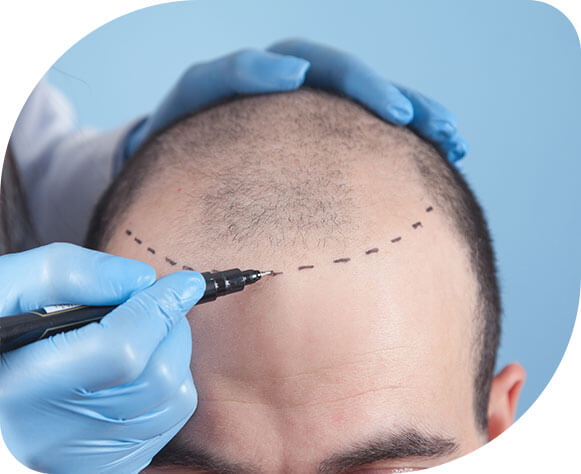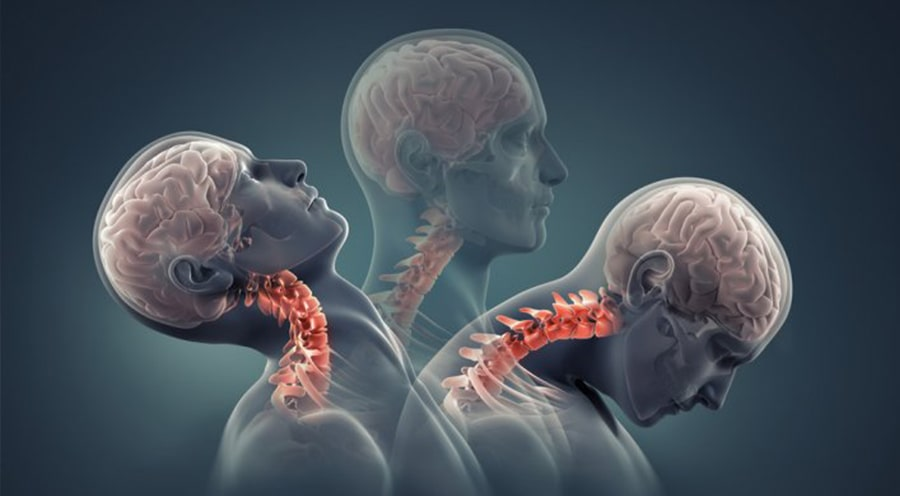Hair Transplant Treatments
Your hair affects how you feel about yourself. If you are affected by hair loss in a very natural way, it can shake your self-confidence. Don’t feel guilty about these feelings and don’t suppress them. Prometeyed, your holistic health advisor, is here to help and guide you throughout the process of restoring your hair.
Whether you decide to have a hair transplant or not, you can call us for detailed information about the process.
Prometeyed Advantage and Trust
Prometeyed offers you very important advantages in this process.
Let us first explain these benefits, and then read on to answer any questions you may have about hair transplantation.
Consult, ask, learn and think: Prometeyed is your holistic health advisor that you can call and ask for advice at any time, regardless of your health condition. You can reach our customer service teams at any time through the appropriate links on our website and find answers to all your questions.
Get the best service: We work with teams and doctors who are the best in their field when it comes to hair transplants, which we offer to thousands of patients from all over the world.
Your assistant stays with you: We are at your side with our assistance services from transportation to accommodation, from treatment to aftercare. We make this intervention, which you will undergo to feel good about yourself, even better with Prometeyed service.
Call now and get detailed information about the process.
Everything about hair transplant treatment
Hair transplantation is known to be the best option for a permanent hair loss treatment. Hair transplantation operation gives effective and satisfactory results in individuals with ‘male pattern baldness’, also called androgenetic alopecia. Hair transplantation is considered a cure for baldness and aims to repair thinning hair and stimulate hair growth. This also helps men to redevelop their receding hairline.
Hair transplantation is a painless cosmetic surgery that restores thinning by removing hair follicles from areas of high density and implanting them in the recipient area where thinning or balding has occurred. Donor hair follicles are mostly taken from the back or sides of the head and in some cases from other parts of the body.
How is hair transplantation performed?
The method that people should follow when they encounter hair loss problem may vary from person to person. Treatment methods suitable for the different needs of each person are followed. One of the methods that can be a solution to hair loss is hair transplantation. In this procedure, hair follicles along the nape of the neck are transferred to the areas of hair loss. Different steps are taken according to the methods used for hair transplantation, which should be performed in hygienic environments and sterile conditions. Accordingly, only healthy hair follicles are extracted and transplanted as a result of procedures performed under local anesthesia and without incision. In this way, after a few days of rest, the person who has a hair transplant can continue their normal life without feeling pain and see permanent hair growth in a short time.
During hair transplantation, after thoroughly cleaning the scalp, the surgeon numbs an area of the head with local anesthesia using a small needle. Two main techniques are used to obtain the follicles required for hair transplantation and these techniques are called FUT and FUE.
A hair transplantation session can last an average of 4 hours or more. The stitches formed during hair transplantation are removed approximately 10 days after surgery.
Does hair transplantation completely eliminate the problem?
One of the most critical advantages of hair transplantation is that it can provide a permanent result. The long-term outcome of a hair transplant depends on certain conditions. On average six weeks after the operation, the newly transplanted hair will start to fall out, but this is a temporary phase and new hair will grow back from the graft within five or six weeks. The transplanted hair may become sparse over time, just like normal hair. To achieve more natural-looking results, a surgical “touch-up” may be needed after the transplant. This will be done weeks after the first incisions have healed. For some people, it may take more than one attempt to fill the head with hair.
The results of the hair transplant will be visible after three or four months and will continue to improve throughout the year. Within three to six weeks, the hair will fall out and it may appear that there is less hair than before. This is a normal situation. As a result of hair transplantation, the transplanted hair grows back within a few months following the procedure. Medications that support the hair transplantation process such as Propecia (finasteride) and Rogaine (minoxidil) can be used to stimulate inactive hair follicles.
In some cases, the grafts die. Such people may need a repeat procedure. Several operations may be required to achieve hair growth to the satisfaction of the person undergoing the operation. An interval of several months can often be recommended between each hair transplant session. If necessary, an additional touch-up-based procedure can be performed to make the front hairline fuller and thus achieve a better appearance.
What are hair transplantation methods?
There are two main techniques regularly used for hair transplantation: FUT (Follicular Unit Transplantation) and FUE (Follicular Unit Extraction). Both of these methods are effective in restoring thicker, natural-looking hair.
Hair transplantation with FUE technique
With the FUE hair transplantation technique, each follicular unit is harvested from the scalp. The hair follicles are extracted randomly, allowing your doctor to harvest hair from the donor area with less noticeable thinning. With Follicular Unit Extraction (FUE), hair is harvested through microscopic circular incisions on the scalp.
FUE is a hair transplantation method that has been used since the 2000s. Local anesthesia is used in the application, which will first start with a haircut. Care will be taken to harvest quality hair follicles from the neck or chest without making any incisions. Professional studies are exhibited in the transportation of the parts obtained by using some special techniques to open areas. This method, which provides a natural appearance, is frequently recommended for patients. Today, FUE technique is one of the methods that those who want to have a hair transplant show interest. You should pay attention to the fact that the centers and experts you will request these applications are experienced and knowledgeable in their work.
Hair transplantation with FUT Technique
Follicular Unit Transplantation (FUT) is a surgical procedure in which hair is transplanted from the permanent zone, i.e. the back and side areas of the scalp where hair is more resistant to baldness, to bald or balding areas of the scalp. After anesthesia is applied to the patient’s scalp, the doctor removes a strip of tissue from the donor area, an area within the permanent zone, and once removed, the donor strip is cut into many individual follicular units using microscopic dissection techniques. While these follicular unit grafts are being prepared, the doctor makes tiny holes in the scalp called recipient sites where the grafts are placed.
The arrangement and positioning of these follicular unit grafts determines the aesthetic qualities of the hair transplant and therefore this arrangement must be decided on an individual basis, depending on the patients’ history of hair loss and the likelihood of future hair loss. Since follicular unit transplants mimic the natural growth pattern of hair, in expert hands the results will look completely natural and indistinguishable from the person’s original hair.
Recovery period after hair transplantation
The duration and difficulty of the operation and the surgical technique determine how quickly you can return to your normal schedule. After a few days, you should be well enough to return to work and resume appropriate activities. Transplant patients should remember that their “fresh” hair may fall out within six weeks after the operation. This is usually a short and common process. After shedding, it will take an additional five to six weeks for the hair to grow back. On average, about one centimeter of hair growth is expected every month.





